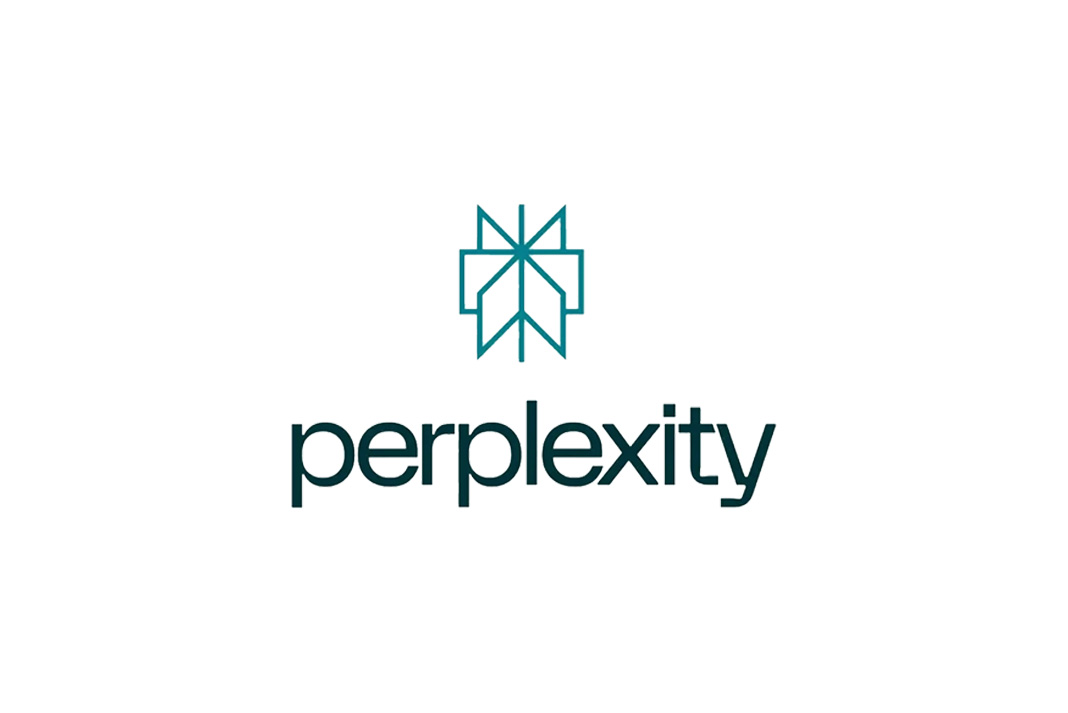Alright, let’s be honest: Cursor dropped version 2.0 at the end of October, and it’s basically a complete rethink of how you work with AI in your editor. I’ve been digging through the changelog and user feedback, and there’s a lot to unpack here. Some of it’s genuinely brilliant. Some of it, yeah, there’s a bit of friction while people adjust. But the direction they’re heading? Worth paying attention to.
Multi-Agent Editor and Improved Prompt UI
The biggest visual shift is the new agent interface. Instead of fumbling around with context menus, you’re now managing agents directly in a sidebar. Files and directories show up as pills you can drag around, which means less clicking and more just… getting stuff done.
What actually matters here: Cursor’s removed a heap of manual context-gathering steps. You used to have to deliberately attach things like @Definitions, @Web, @Link, and @Recent Changes. Now the agent self-gathers context without you having to think about it. For developers juggling multiple files, this saves maybe five to ten minutes per task. That adds up when you’re running agents back-to-back.
The copy-paste experience has improved too, which sounds small but genuinely helps when you’re moving prompts between projects. Honestly, it’s one of those micro-improvements that makes the whole thing feel less janky.
Cloud Agents: Run Them Without Your Laptop Hanging Around
Cloud agents landed with 99.9% reliability and instant startup times. This is basically Cursor saying, ‘You don’t need to keep your machine connected while these run anymore.’ You trigger an agent, it spins up in the cloud, and you can close your laptop without worrying it’ll abandon the task halfway through.
Real talk: this is massive for freelancers or anyone running multiple projects. I used to worry about leaving agents running overnight because I needed to keep my laptop on. Now? Set it and forget it. The agent keeps working regardless.
The UI for sending agents to the cloud is getting a refresh too, though that’s still coming. Right now it’s functional but not as polished as the rest of the editor.
Agent Harness Improvements and GPT-5 Codex Performance
Under the hood, Cursor rebuilt the agent harness across all models. This means better quality outputs, especially with GPT-5 Codex. It’s kind of like rebooting your brain’s Wi-Fi when you’ve been running twelve browser tabs and a Figma file all morning. Things just work smoother.
For developers using the agent for refactoring or debugging, you should see fewer false starts and better code suggestions. It’s not flashy, but it’s the kind of thing that reduces Ctrl-Z moments.
Enterprise Features: Control, Visibility, and Distribution
If you’re working in a team setting, Cursor for Enterprise now has some proper admin controls worth knowing about.
Sandboxed Terminals got admin-level settings. Managers can enforce standard configurations across the team, control git access, and manage network permissions centrally. Basically, it stops developers from accidentally shipping security holes because someone misconfigured their terminal sandbox.
Hooks (think of them as workflow automation rules) can now be distributed directly from the web dashboard. Instead of manually pushing them to every team member, admins just add them once and select which operating systems they apply to. Windows and Mac get different rules? No problem.
The new Audit Log gives you timestamped records of everything: user access, setting changes, Team Rule edits, and member management. This is particularly useful for regulated industries or anyone who needs to prove they’ve got security controls in place.
The Honest Bit: What’s Not Smooth Yet
Fair warning: some users hit friction with 2.0. There have been reports of AI edits not applying automatically on macOS, editor freezes after certain operations, and terminal command completion sometimes not detecting when tasks finish. One developer on the forum said their productivity dropped by two to three times initially.
The team’s acknowledged these are rough edges and provided workarounds. If you’re experiencing issues, there’s a straightforward path back: download version 1.7, set your update mode to Manual, and take your time testing 2.0 before fully committing.
The key takeaway: don’t treat 2.0 like a mandatory immediate upgrade. Test it on a side project first. If something feels broken, commit small chunks, keep a ‘agent-run’ branch handy, and rebase frequently. Basically treat it like you’re testing beta software, because technically it still is for some workflows.
What You Should Do Next
If you’re on version 1.7 and stable: grab 2.0 on a non-critical project first. Spend a few days with it. The agent improvements and cloud capabilities are genuinely worth exploring.
If you’re already using 2.0 and hitting bugs: check your version number. Some issues got patched between 2.0.38 and 2.0.43. Upgrading might solve what you’re seeing.
If you’re an enterprise team: the new admin controls are worth implementing. Security guardrails and audit logs don’t sound exciting until you need to demonstrate compliance or troubleshoot a team-wide configuration issue.
Honestly, the direction Cursor’s heading is solid. They’re building real multi-agent workflows that actually scale, cloud infrastructure that doesn’t require your machine, and team controls that matter for larger groups. There’s some settling-in that needs to happen, but the foundation’s there.
Head over to cursor.com and give it a go. The team’s actively listening to feedback, so if something doesn’t work the way you expect, let them know. That kind of iteration is what turns a good tool into an essential one.





